Getting a work and travel visa (or, the joy of visas)
Working while travelling can be a great way to immerse yourself in the culture of your destination, to meet locals, and to make a bit of money along the way. In my case, it’s a way to keep me sane — while Craig is quite happy to work from wherever we’re currently calling “home”, I need human contact and conversation. So, when planning our next trip, to Spain, we decided to apply for a working-holiday visa for me.
We haven’t applied for many visas over the years — there was my UK spouse’s visa, which was a long and painful process, a visa for China that we didn’t end up using, and more recently one for Paraguay, but otherwise nothing too difficult. The truth is, we tend to choose destinations which don’t require visas. So I wasn’t prepared for the glorious bureaucracy that such a task involves.
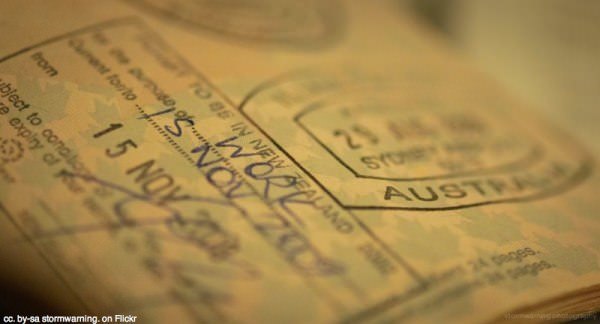
Information
First, I needed to work out what I needed to do to get the visa. The Embassy of Spain website was very helpful, providing me with a list of documents I needed to put together and informing me of the price ($105.60, quite reasonable really). However, while it mentioned that 200 visas were available annually and that visas were generally issued within a few weeks of application, it didn’t tell me how many had already been issued or if I had to apply from New Zealand — quite an important point, given that I was in Argentina at the time.

I put together an email to the Spanish Embassy in Wellington, and got a response within two days: there were still visas available, I should send the application in a few weeks before I was planning to leave to go to Spain, and it all had to be done from New Zealand.
Fine. We rearranged our plans and headed home for the summer, partly to get the visa, partly to save money on flights, and partly to enjoy summer in Auckland. Then all I had to do was compile all the documents necessary to get the visa.
Collecting documents
Firstly, a doctor’s certificate. I had a pain in my leg anyway so went in to see my doctor, who sent me off to get blood tests. When I went back to discuss the results, I asked him to write me a certificate stating I was fit and healthy… but with the specific wording the visa required. He passed me over his computer, I typed it up, he printed it and signed it and I was away.
Next, a police certificate. A google search revealed that there’s no such thing in New Zealand, but that I could get the Ministry of Justice to do a criminal-record check and send me the results by post. I had to print out a form, fill it in and sign it by hand, then scan it back in and send it off. Luckily, a couple of weeks later the certificate arrived in the post, saying I had a clear record.
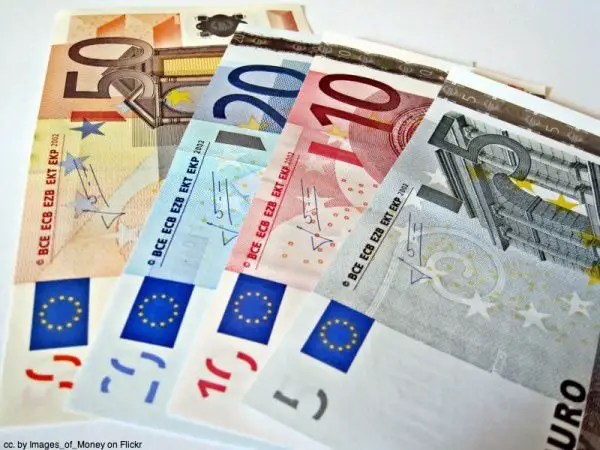
Thirdly, proof of funds, insurance and flights. Proof of funds was easy, I went to the bank and asked for a printout of my bank accounts. Proof of travel insurance required us to buy the insurance earlier than we usually would, but at least it was easy to print off the confirmation certificate. And flight information: well, I printed off the flight details for the four flights on three different airlines that will get us there (Auckland-Christchurch-Kuala Lumpur-London-Seville), but we don’t have a return ticket. I just hoped the amount of money in the bank was enough to cover that.
After that, I had to buy a courier bag so that the embassy could return my passport to me. I chose the most-expensive option (about $8) figuring that I really didn’t want my passport to get lost in the post.
Finally, I printed off the application form, filled it in and attached a passport photo to it. I wrote up a quick cover letter, paper-clipped it all together and put the documents, my passport and the courier bag into a folder. Sorted.
Sending
The website stated that the applications had to be handed in in person and paid for in cash or by bank cheque, and that there was an honorary consulate in Devonport, a ten-minute ferry ride from downtown Auckland. However, when I rang the number there was no answer and no answerphone message apart from “I am unavailable, please leave a message.” I decided to just head over on the ferry, only to find a small tattered sign on the door saying that the consulate had closed. Argh!
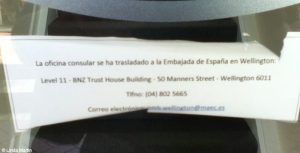
I emailed my long-suffering contact at the embassy in Wellington, who said that I could send in the application by courier, and that I’d have to send a bank cheque. This was not a pleasing solution — bank cheques cost $5, I’d have to pay for another courier, and I’d already wasted $5 on the trip to Devonport (well, not wasted, it was a lovely trip and I had a nice conversation with two of my workmates, but still…). Luckily the nice bank teller responded to my sob story by waiving the bank cheque fee, and all I had to do next was courier off the documents. No worries.
Receiving
The website clearly stated that applicants shouldn’t contact the embassy to see how their application was going, but it was a hard ask, especially as I’d only managed to get the application away four weeks before our departure date. After ten days I started checking the post-office box every couple of days, then decided to use the tracking code on the courier bag to see if it had been sent. And it had! They hadn’t been lying when they said it would only take a couple of weeks to process — I received my visa’d passport two weeks to the day from when I’d sent it off. Awesome.
Of course, the process isn’t over, as the five photocopied pages that accompanied my passport informed me. No, I still have to get a foreign resident’s card on arrival in Spain, and apply for a work permit as well! But at least I’m on my way to being able to work in Spain.
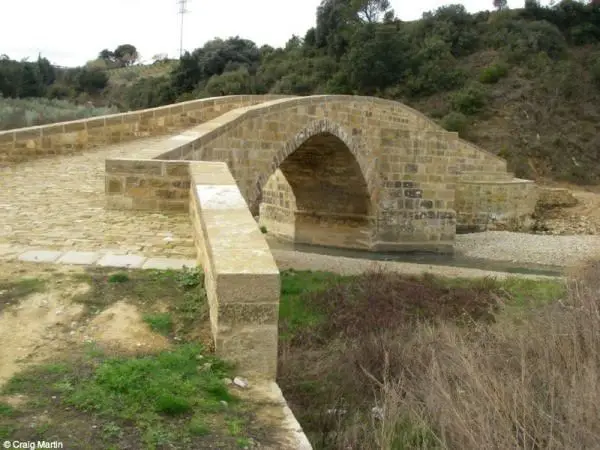

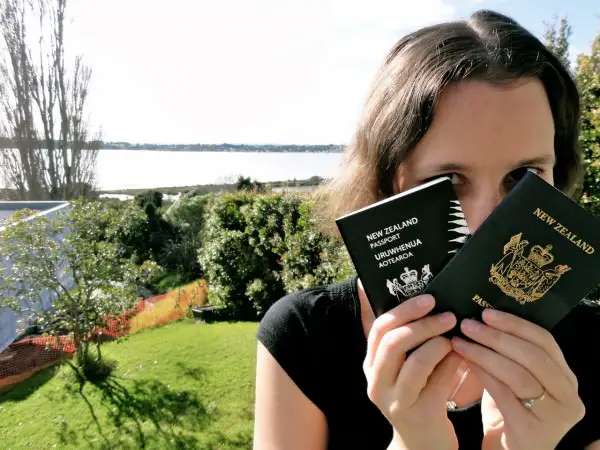
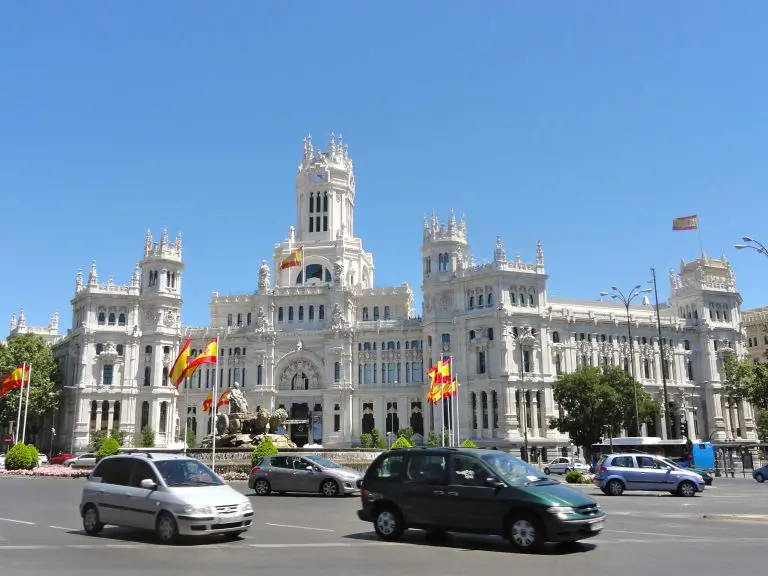
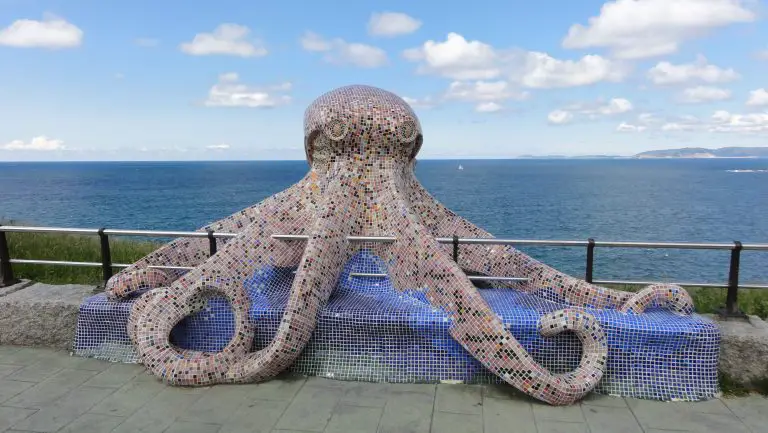

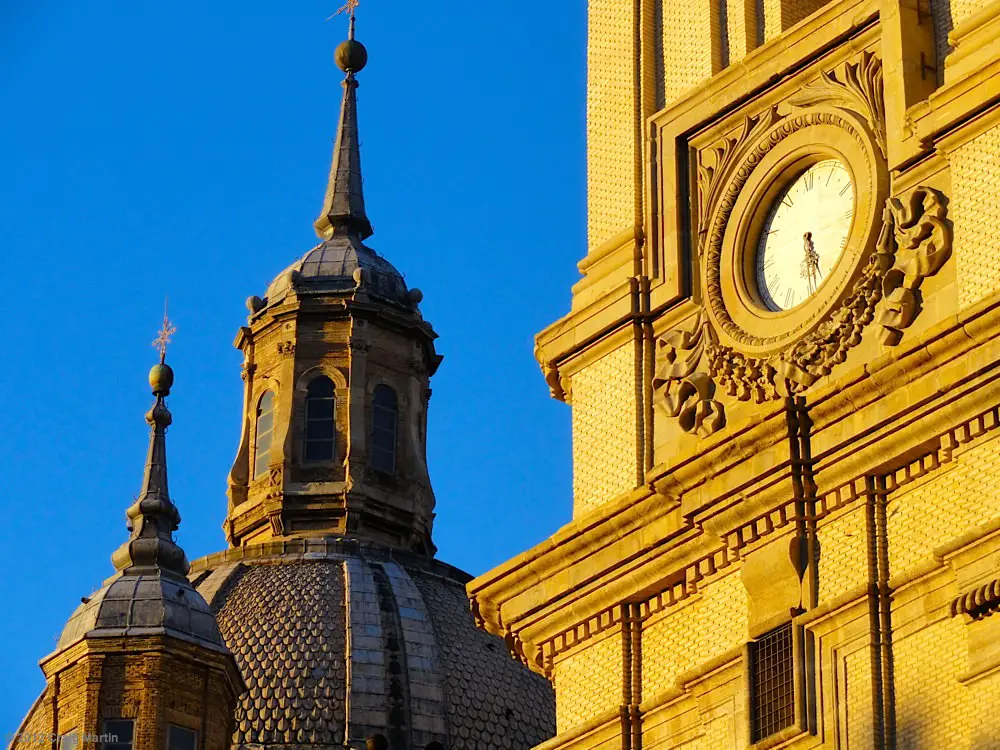
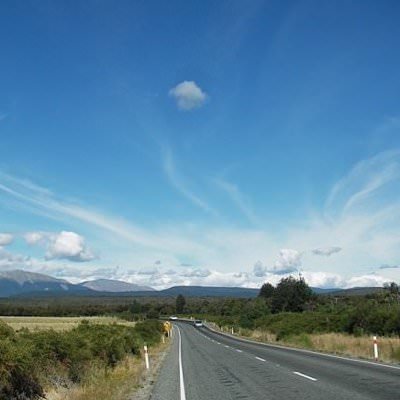

Is Craig a UK Citizen or does he have dual citizenship? Either way I am jealous. I’d love to get UK citizenship (or any EU citizenship) so I could easily move to and work in Europe.
Hey, he has dual citizenship. I’m jealous too, it’s so much easier for him!